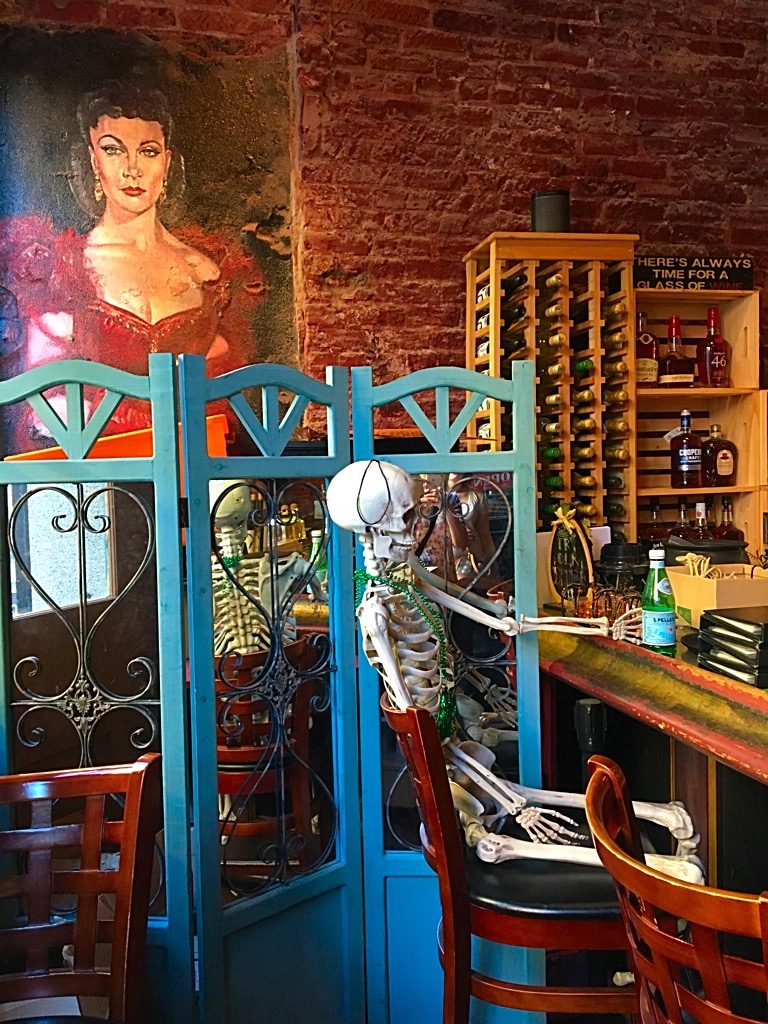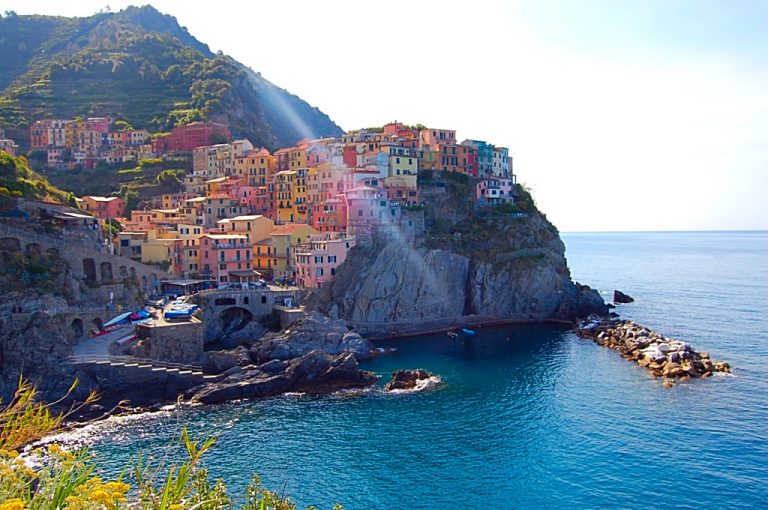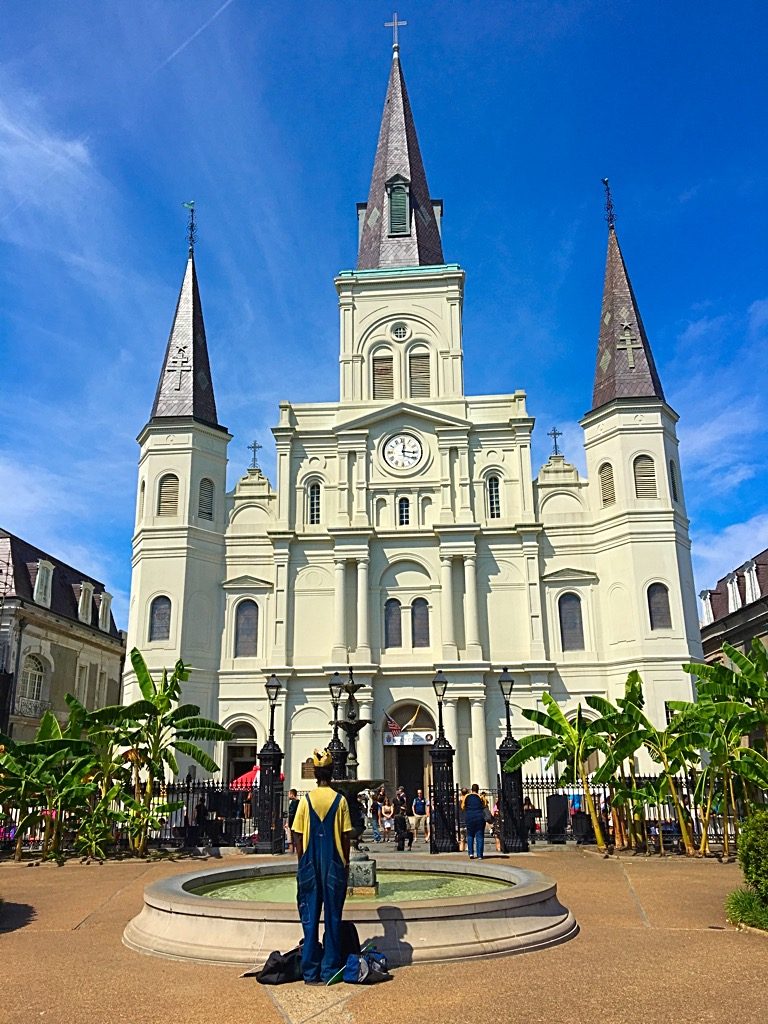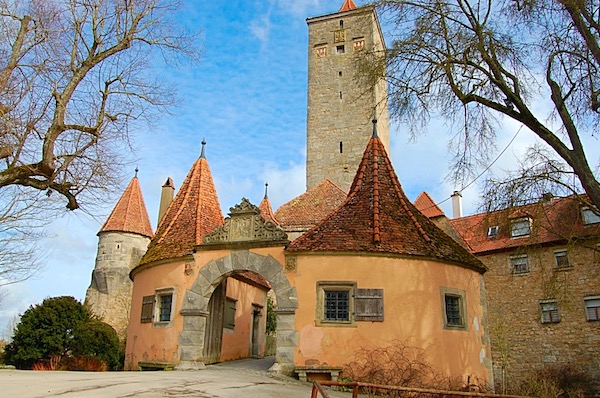Rome and its Massive Monuments
Thousands of years in age, Rome sure stands up to it’s nickname – “The Eternal City.” When you experience the top sights here such as the Colosseum, St. Peter’s Basilica, the Pantheon; or take a stroll through the Roman Forum, you are transported back in time. Sure, this is a giant tourist city (I mean, we all want to see what this whole “Roman Empire” thing was all about), but ignore the tourist action next to you (especially in the summer). Put it aside. Take in the atmosphere as you stand in the Colosseum. Walk the roads that Julius Ceasar and Cleopatra walked on. Get some real gelato. Throw a coin in the Trevi Fountain. And of course-shop!
Large, though easy to get around, the top attractions in Rome can be seen in just a day or two. I’m never opposed to spending as much time as you can in Italy (and Europe) in general, but a lot of confusion lies in the question, “What cities should I see when I’m in Italy-where do I start?”
To start, having a “loose” itinerary is a must. I say “loose” because let’s face it, no one wants to be held to a complete schedule while on vacation. Develop a plan which gives you some ideas of what you know you want to see, get a general idea on how you’re going to see them, and understand that you can’t “do it all” in one trip. Plan to return. 🙂
Real life things can happen in Rome that make that could make for an unpleasant vacation. Some, such as traffic, are unavoidable; while pick-pocketing can generally be avoided.
- Heavy traffic – no seriously, please be careful when crossing the streets as scooters (and cars) weave through traffic at high speeds unlike most other places. A tour guide once told us that in Rome when you get your driver’s license, it’s “a license to kill.” Not that people are trying to kill anyone, just trust me when I say it’s crazy driving.
- Sweltering summer heat and/or crowds of people – the brutal summer days standing outside dealing with swarms of people can make even the most pleasant of people cranky at one point or another. Either mentally prepare in advance for this, or avoid the majority of it by visiting during the off-season.
- Pick-pocketing – be aware of your belongings at all times. Don’t wear a backpack with your wallet laying inside. If you’re a guy, put your wallet in your front pocket. If you’re a girl, zip your purse up and place it towards the front of you. And if you are wearing a backpack, just check regularly and ensure that all of the compartments are secure.
I have personally done Rome both with and without guided tours. Like anything in life, there are pros and cons to each of these options.
A guided tour requires almost no thought outside of making sure you pick something that covers the attractions that you want to see. You will get an overload of information, some of it extremely interesting, and some perhaps a little dry depending on your taste. But, the tour guides know exactly how to get you in to any attraction – no standing in lines, no having to ask anyone for directions. A lot of the time, they even know the right places to stand while inside of the attractions to provide the best view. I was thoroughly impressed the first time that I entered St. Peter’s Basilica. There was a massive crowd at the entrance, our group heard the words “stay close” from the guide through the earbud and we pushed ourselves as a group through those church massive doors. Despite the large number of people inside, the way that the guide took us through made it not quite as noticeable. Tours can save a lot of frustration. The cons?-Well, guided tours can sometimes carry a significant cost. Also, it seems that you never get enough free time on your own. If you pass a shop that really looks interesting to you, there just might not be enough time to stop without risking getting separated from the group.
Being your own tour guide obviously allows you the freedom to linger at a particular attraction for as long or as little as you’d prefer. It’s definitely cheaper, aside from the cost of tickets to get inside the attractions. Great – we can sit here and eat a gelato sitting on the side of the fountain outside the Pantheon staring at it’s massiveness in front of us. The cons? Well, you have to do the leg work and figure out all the logistics, or you will be frustrated at one point or another. If you know you want to go to the Colosseum from St. Peter’s, you have to know that the best way to get there is probably by Taxi, but the cheaper option is by metro. The choice is yours.
Example: On a well thought out self led adventure in Rome, we were in and out of St. Peter’s Basilica and the Colosseum in under just 2 hours.
St. Peter’s Basilica
Located within the walls of the city-state Vatican City, this church is far from ordinary. It’s the quintessential church of all churches. I’ve heard positive feedback from even non-religious friends that were ultra impressed.

St. Peter’s Basilica does not have a skip the line pass, as entrance to the church is free. The line you must wait in is the security line and there is no way around it. I suggest going very early in the morning or later in the day when the crowd dies down a bit. I was shocked at the amount of people in the line to St. Peter’s Basilica that were asking, “where does this line go?” and “Is this for the church or the museums?”..

If you are standing in the Basilica line to get into the museums, this would be very unfortunate, as the entrance to the Vatican Museums is about ~1 mile or so from the Basilica. The Vatican Museums holds Michelangelo’s famous frescos (God Meets Man) painted on the ceiling of the Sistine Chapel. Also, if you plan to go to the Vatican Museums, you definitely want to purchase a skip the line ticket for this, as the line can be ~3 hours give or take. Do yourself a favor and plan ahead so that you don’t have to stand in the line that long! Lastly, don’t forget to dress appropriately, as the dress code (long pants on men and shoulders/knees covered for women) is strictly enforced at the Basilica and Sistine Chapel.


When you go inside, take even just a minute to marvel at how in the world Michelangelo carved the Pieta out of stone.

The Basilica dome was Michelangelo’s last work of art before he died.
Our guide told us that Rome repurposes the materials that they have. For example, bricks that perhaps fall off of the Colosseum, are reused on the walkway in front of St. Peter’s.
Taxis (all white in color) line up outside of St. Peter’s. This is a great way to get from the Basilica to the Colosseum.
The Colosseum
Purchasing the skip the line tickets for the Colosseum is a MUST, unless waiting in lines for hours is your thing. We walked right in past the dreadful looking line that I was so thankful we did not have to stand in. This skip the line pass also gets you into the Roman Forum, which is right beside the Colosseum. It’s worth a stroll through if time permits.

I believe that having some kind of visual/audio aid (whether that’s yourself and a guide book/audio tour or a guided tour) while inside the Colosseum is really worth it. It helps to teach you the history and also paint the full effect of this marvel. I found it very interesting that you could see the elevator shafts still in tact, underground where they would keep the animals until they brought them up into the arena to release. This place was the goriest of all gory. So much blood shed.

A guide told us that people would spray perfumes in attempts to mask the smell of blood. This particular amphitheater (there are a lot of Roman amphitheater remains throughout Europe) has been around for thousands of years and is kind of crazy to think that it held 50,000 spectators – about the same as Heinz Field (finished in 2001) in Pittsburgh, PA can hold.
The Pantheon
By far one of the neatest (if not THE neatest) buildings in Rome, is the ever-so-glorious Pantheon.

The Pantheon sits in location almost exactly between Piazza Navona and the Trevi Fountain. Walking on the back streets and coming out into the square (Piazza della Rotonda) where the Pantheon sits takes your breath away for sure. It literally comes out of nowhere in the most amazing way possible. The feeling of seeing this beauty up close for the first time is indescribable.
Don’t confuse this with the Parthenon which is in Athens, Greece.
The giant cylindrical Dome is mimicked in the Dome of St. Peter’s Basilica and the United States Capital Building.
This marvel is the only remaining Roman monument that is considered fully in tact and still used today. Another plus – the admission to the Pantheon is FREE.
At the top of the Dome, lies the “Eye in the Sky,” or, the Oculus. This permanent THIRTY foot wide circle opening to the sky is the only source of outside light into the Pantheon. There are no windows. How does the inside not get wet when it rains you ask? The answer is that it does. Rain pours right inside. The floors of the Pantheon are slanted for the water to escape. So cool!
The Pantheon was used for a long time as a tomb. Raphael (the artist) and Queen Margarita (yes, the one the famous pizza is named after) are buried here.
One of my favorite things about the Pantheon is the light stream that comes in from the Oculus and how it (the light stream) is considered the largest Roman pillar still standing.
A lot of good eats near here..
The Trevi Fountain

This massive fountain is fun, even if it is considered touristy. With your back to the fountain, take a coin in your right hand and throw it over your left shoulder (to represent your heart). The tale says that you are sure to return to Rome some day if you do this. I threw this coin in the fountain in 2010 and returned in 2014.
The Roman Forum

The Forum is an area of impressive Roman ruins (various government buildings, churches, etc. at the time), Julius Caesar’s grave, and some standout Arches (Titus, Maximus). This area is worth a stroll through to admire the history. This was once a main square in the ancient Roman times. You can exit the Colosseum and walk to/around the Forum.

In the same trip where we were in and out of both St. Peter’s and the Colosseum in less than 2 hours (satisfied with what we saw), we were then able to add in a shuffle through the Roman Forum and find Caeser’s grave there, toss some coins in the Trevi Fountain, eat some pizza, buy a pair of kick @ss leather boots from a shop on Via del Corso, and admire the Spanish Steps (which at this time – there was a lot of scaffolding/construction going on so I will have to revisit this site at a later date). Among the sights above is the hustle and bustle of a normal large city, coexisting with it’s deep seeded history. This is a city where lovers of history, foodies, and lavish night club goers can all (individually) find for a great trip. Rome is an excellent place to visit whether you have 1 day, 10 days, or an eternity…which you will need, if seeing all ~900 churches is your agenda.






